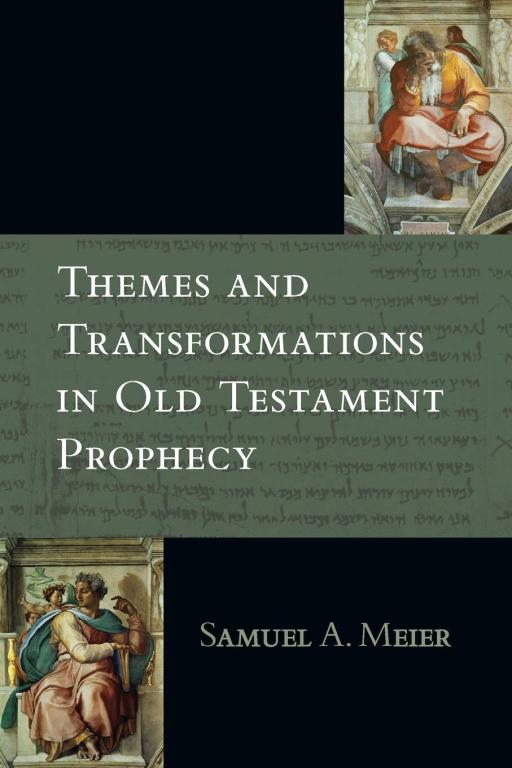
In The Art of Biblical History, V. Philips Long employs an extended example of the rise of Saul to the kingship of Israel in 1 Samuel 10-13 to illustrate various issues and challenges to reading the Bible historically. Challenges to the historical character of the narrative include the 3-part means of accession to the kingship, which some writers take as an internal inconsistency, and secondly the apparent displacement of the Gibeah/Gilgal episode. When Samuel first anoints Saul he gives him a series of instructions and signs (1 Samuel 10:2-8):
- Saul is to go home by way of Rachel’s tomb, where he will meet men from his father, looking for him.
- Then he is to go to the oak of Tabor, where three men on their way to Bethel will meet him, with 3 goats, 3 loaves of bread, and a skin of wine.
- Then he is to go to Gibeath-elohim (Gibeah), where there is a garrison of Philistines. There, a company of prophets will meet him with musical instruments, and the Spirit of Yahweh will rush upon Saul.
- When these signs meet him he is to do “whatever his hand finds to do,” with the assurance that God is with him.
- Then he is to go to Gilgal to await 7 days for Samuel, who will offer ascensions and peace offerings.
These signs meet Saul just as Samuel said they would. Mostly. The last visit to Gilgal is dropped here from the narrative, and does not seem to factor into Saul’s accession. Many commentators note, however, the incident at Gilgal in 1 Samuel 13, where Saul offers ascension offering in Samuel’s place and is rebuked. This, they say, is a displaced narrative, evidence of a later redactor. After all, is Saul is supposed to do something at Gibeah (whatever his hand finds to do), or is he to go down to Gilgal? The two instructions on first blush seem to be at tension.
First, the 3-part accession of Saul’s anointing, his selection by the casting of lots, and his second confirmation after his defeat of the Ammonites. Some have seen these as conflicting roads to power, but Long shows that it is more likely a sort of 3-step program. The anointing is the designation, after which Saul is supposed prove himself in battle. This he does, but not in the way expected, when he takes the mantle of kingship to defend Israel from Ammon. Finally, he is confirmed after the battle.
What about the episode at Gibeah? Is it out of place? Long sees the key to the episode in Samuel’s significant noting that “there is a Philistine garrison there.” Why is this mentioned? At Gibeah, Saul is to meet the prophets and be filled with the Spirit, after which he is to “do whatever your hand finds to do, for God is with you.” Can it be anything other than the prophet heavily hinting that after Saul is filled with the Spirit of Yahweh that he is to go up in battle against the Philistine garrison? Long finds here the expected confirmation in battle for Saul.
But Saul shrinks back at the first from obeying the word of Samuel to set upon the Philistine garrison at Gibeah. Instead he returns to his father’s house and says nothing about his new calling. That is why Samuel is then forced to convene a special counsel at Mizpah and cast lots to declare Saul as the king that God has chosen for Israel. The Spirit does at length stir Saul to go against Ammon, and so there is a confirmation by battle.
The chaotic nature of Saul’s rise seems hinted at in Samuel’s words after the battle, “Come, let us go to Gilgal and there renew the kingdom.” Why does the kingdom need renewing? Because Saul’s accession has been stop and go, stop, go. He has been anointed and gone home, designated by lot and gone home, and finally has stepped into his role. The kingdom needs to be renewed because Saul has in the past twice relinquished the kingship. This is a redo, Samuel says, and finally the job is done.
But the issue of Gibeah still hangs like a loose thread.
That thread is not tied up until two chapters later after Saul has been king for two years. In 1 Samuel 13 Saul chooses 3,000 men and places 1,000 under the command of his son Jonathan, who is the one who defeats the Philistine garrison at Gibeah. When this happens, Saul blows the trumpet, and it is declared that Saul has finally defeated the garrison of Gibeah. He has finally (through his son) fulfilled the instructions of Samuel the prophet.
Saul now repairs to Gilgal and waits the appointed 7 days (1 Samuel 13:8) for the prophet to appear. It seems little wonder that Samuel is slow to come. Is he already disillusioned about Saul? Does he know it wasn’t Saul who personally took the garrison? Whatever the case, when he comes to Gilgal, it should be to finally confirm Saul’s kingship. Instead, Saul has taken action to confirm himself.












